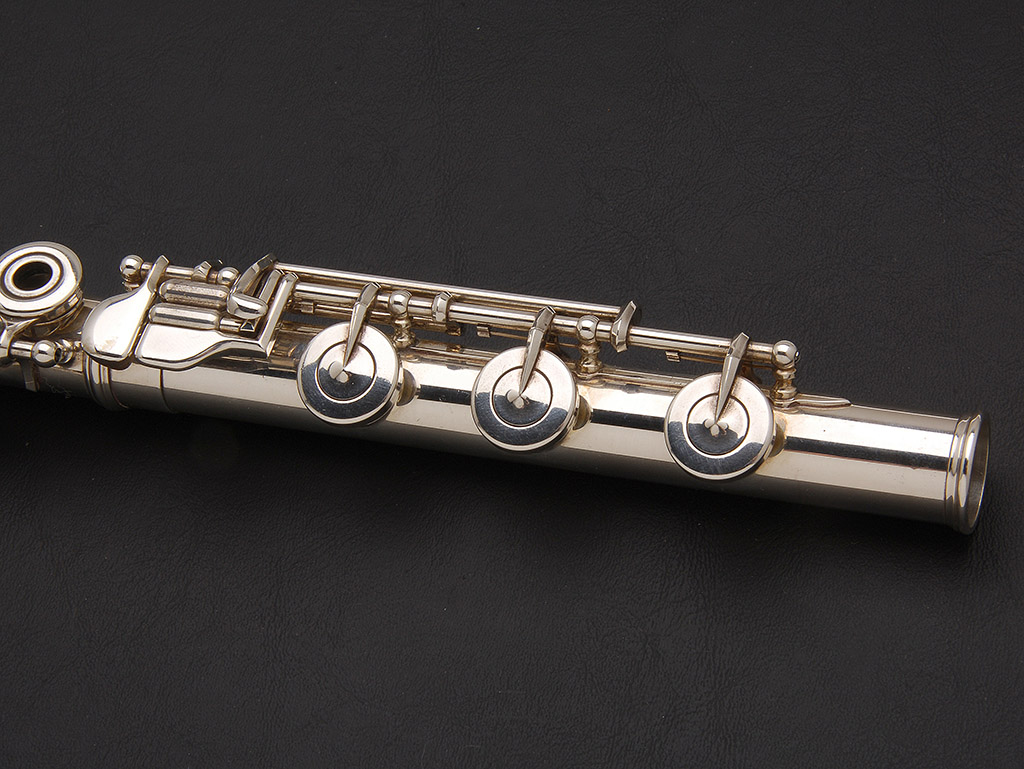

Playable 8000-year-old Gudi (bone flute), made from the wing bones of red-crowned cranes, with from five to eight holes each, were also excavated from a tomb in Jiahu, in the Central Chinese province of Henan.ĭuring the 16th and early 17th centuries in Europe, the transverse flute was available in several different sizes, in effect forming a “consort” much in the same way that recorders and other instrument families were used in consorts. Some early flutes were made out of tibias (shin bones). A bone fragment of the femur of a juvenile cave bear with two to four holes found at Divje Babe in Slovenia and dated to about 43,100 years ago may also be an early flute.

ARMSTRONG HERITAGE FLUTE HISTORY PLUS
A three-hole flute made from a mammoth tusk, from the Geißenklösterle cave in the German Swabian Alb and dated to 30,000 to 37,000 years ago, plus two flutes made from swan’s bones excavated a decade earlier from the same cave in Germany, dated to circa 36,000 years ago are among the oldest known musical instruments. The flute has appeared in many different forms in many different locations around the world. The flute with ivory mounts consisting of four sections – headpiece with embouchure hole, upper joint with three finger holes, lower shorter joint with three finger holes, foot joint with single brass key for closed D# with typical 19th century squared hole cover and fiddle shaped touch. Courtesy Powerhouse Museumįlute, single key, boxwood / ivory / brass, made by Hermann Wrede, London, England, 1837-1840, retailed by Francis Ellard, Sydney, New South Wales, Australia, 1837-1854.


 0 kommentar(er)
0 kommentar(er)
